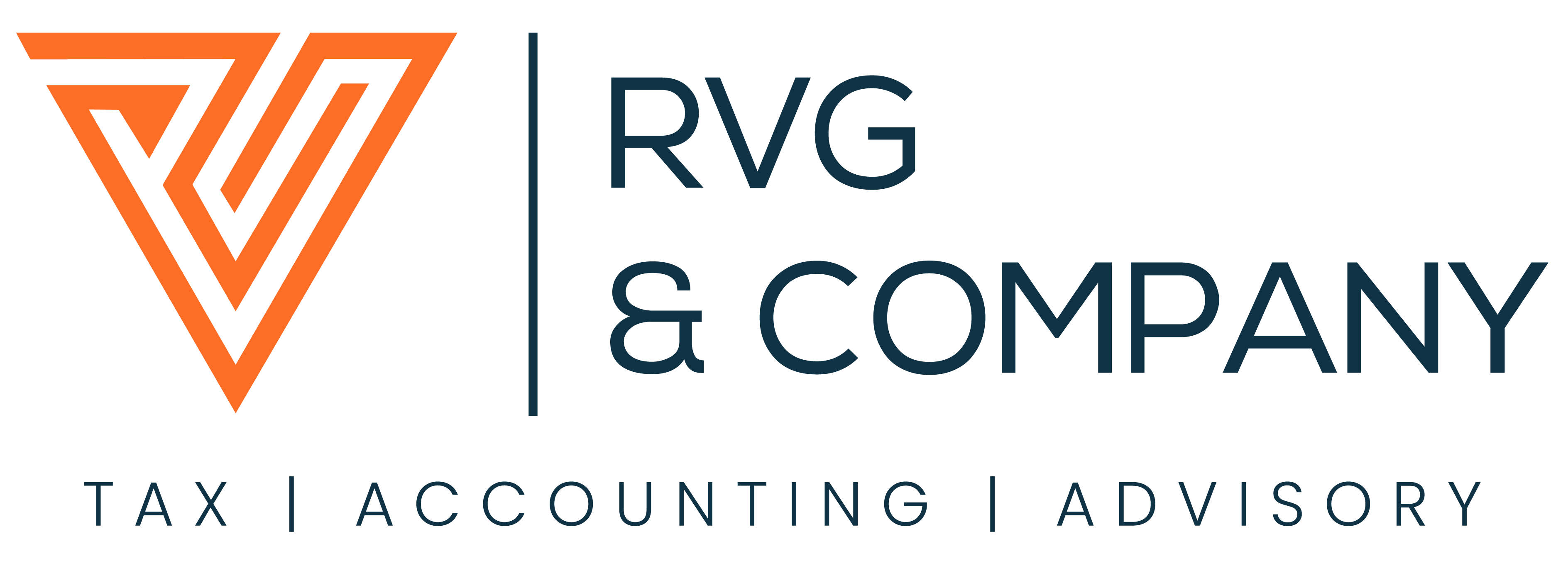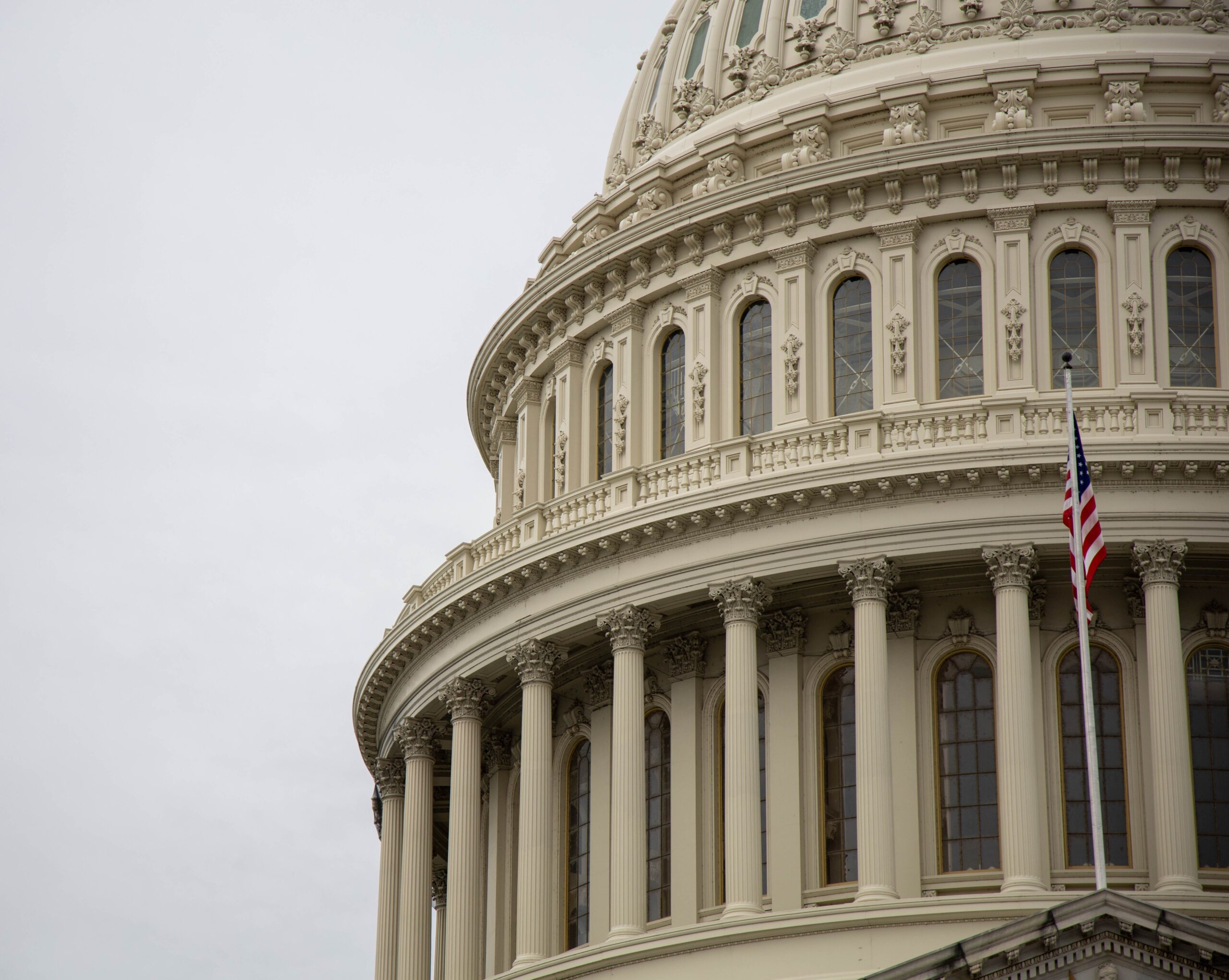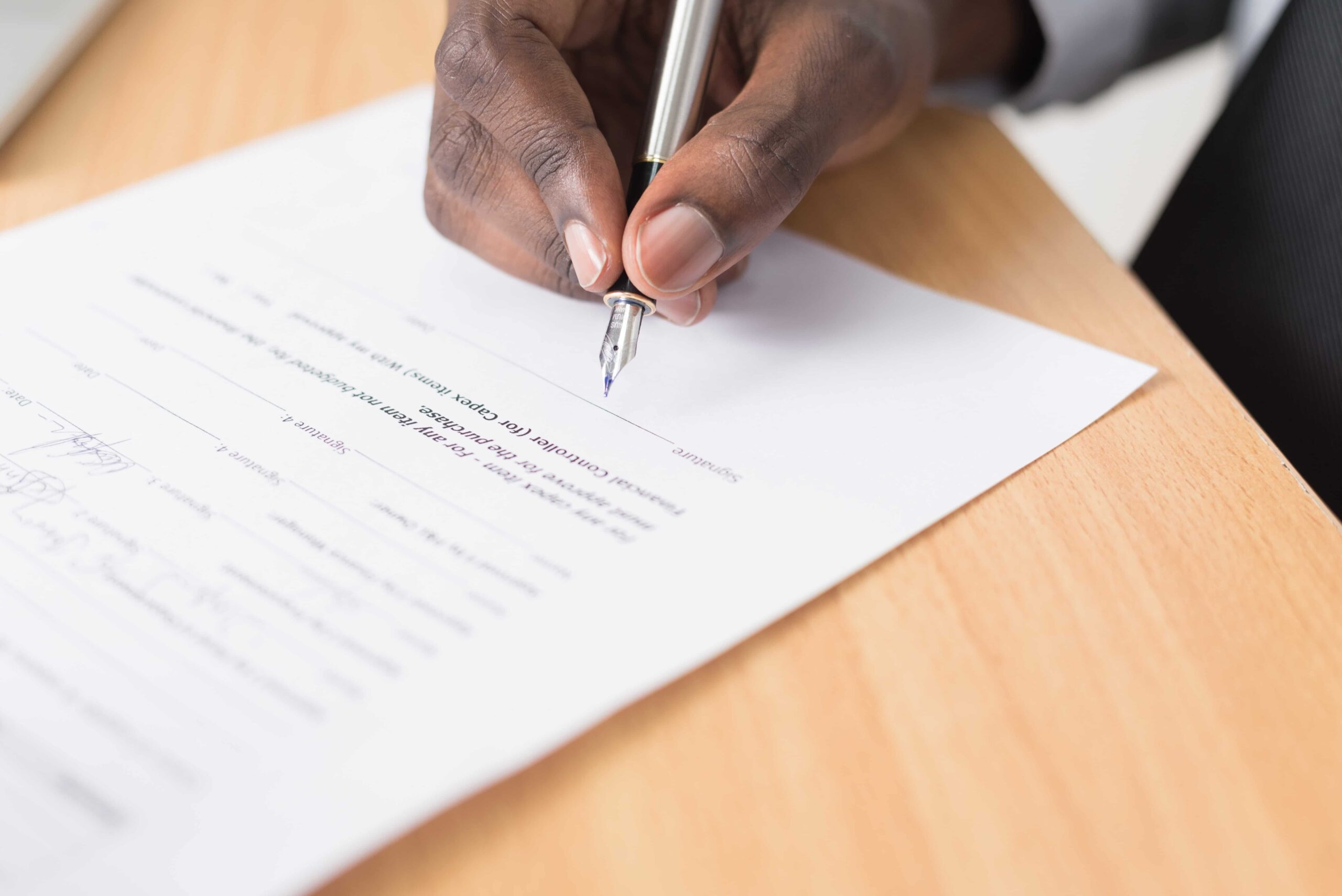The Department of Justice has recently filed criminal charges against 6 individuals for participating in schemes to defraud the government regarding PPP loans.
The alleged acts of these individuals range from creating fake lists of employees and salaries to obtain a PPP loan to the misuse of PPP funds for personal use as opposed to paying employee wages and other qualifying expenses.
The DOJ, SBA and Treasury Department are teaming up to prosecute these cases and are using analytics and data mining to review millions of loans to identify potential instances of fraud. While the SBA encouraged lenders to relax some of the due diligence and underwriting standards normally used to write loans – the DOJ, SBA, Treasury and other law enforcement agencies are reviewing loan data obtained from the lenders to recognize fraud.
In general, the DOJ is finding that fraudulent applicants have overstated their payroll costs, overstated the number of employees and misled the SBA with respect to the use of the PPP for their business. This prosecution of these cases is a multi-agency effort that also includes the FBI, U.S. Postal inspector, the IRS Criminal Investigations Division and the FDIC.


